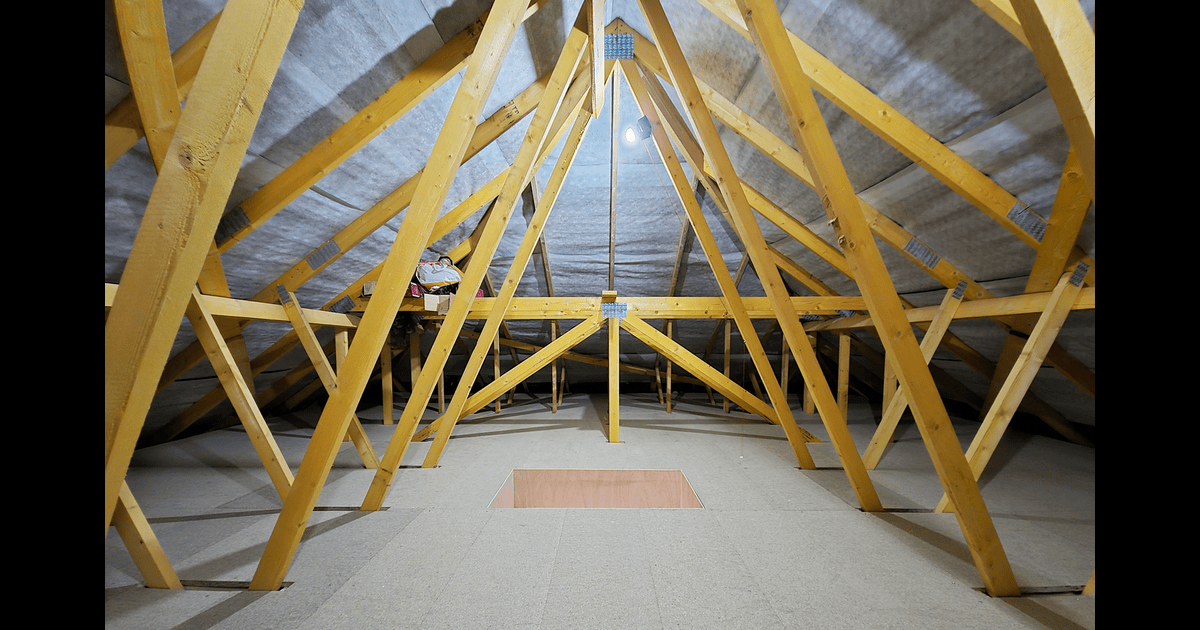Why Every Loft Needs Proper Ventilation

Why Every Loft Needs Proper Ventilation
Loft ventilation isn’t just a “nice to have” — it’s essential to the health of your home.
Without adequate airflow, moisture builds up, insulation becomes damp, and timber can start to rot.
Many homeowners across the West Midlands only discover the problem when it’s too late.
In this guide, Snug Lofts explains why
good ventilation matters and how to ensure your loft stays clean, dry, and energy efficient.
What Does Loft Ventilation Actually Do?
Proper ventilation allows fresh air to circulate through your roof space, controlling temperature and removing moisture. When warm air from inside your home rises into the loft, it meets the cold roof surface — and condensation forms. Ventilation systems help prevent this by maintaining airflow, balancing humidity, and protecting your insulation and timbers.
Signs Your Loft Has Poor Ventilation
If you notice any of these issues, your loft may not be breathing properly:
- Damp or mould patches on ceiling or rafters
- A musty smell in the loft
- Rusting nails or metal fixtures
- Dripping condensation on the underside of the roof
- Compressed or damp insulation
Left untreated, these problems can lead to expensive repairs and damage to your home’s structure.
Benefits of Proper Loft Ventilation
Installing or improving ventilation can make a huge difference in comfort, efficiency, and maintenance costs.
Key benefits include:
✅ Prevents condensation and mould growth
✅ Protects insulation from damp damage
✅ Keeps timber structures dry and healthy
✅ Extends the lifespan of your roof
✅ Helps regulate indoor temperatures year-round
Good airflow supports both your energy efficiency and indoor air quality — two big wins for any homeowner.
Common Loft Ventilation Options
Depending on your home’s design, several solutions can improve airflow:
- Soffit vents: installed under the eaves to allow cool air in
- Ridge vents: let warm, moist air escape at the roof peak
- Tile vents: fitted directly into roof tiles for continuous ventilation
- Gable vents: improve side-to-side airflow in larger lofts
A Snug Lofts installer can recommend the best combination for your roof type and insulation setup.
How Ventilation Works With Insulation & Boarding
If you’re having your loft boarded or insulated, ventilation must be considered during installation.
Here’s why:
- Insulation traps heat, but also traps moisture if airflow is blocked.
- Boarding systems should maintain an air gap between insulation and roof timbers.
- Eaves must remain open, never sealed off completely.
Snug Lofts always ensures that loft upgrades don’t compromise ventilation, helping you enjoy a dry, efficient home for years to come.
Preventing Condensation Year-Round
Even well-ventilated lofts need some seasonal care:
- Check insulation depth and condition annually
- Keep vents clear of dust, cobwebs, or stored items
- Avoid drying clothes in the loft
- Use a dehumidifier temporarily if moisture levels spike
These small steps protect your investment and prevent hidden damage.
Why Homeowners Choose Snug Lofts
- Over 10 years’ experience improving lofts across the West Midlands
- Expert advice on insulation, flooring, and ventilation solutions
- Fully insured, qualified professionals
- Free home surveys and honest, transparent quotes
- Trusted by hundreds of satisfied local customers
Keep your loft fresh, dry, and energy efficient all year round.
Book your free loft ventilation and insulation survey today with Snug Lofts.
Serving Birmingham, Wolverhampton, Walsall, Dudley, Solihull, Sutton Coldfield, Coventry, Nuneaton, Tamworth, Cannock, Lichfield, Redditch, Stourbridge, Halesowen, and West Bromwich.
